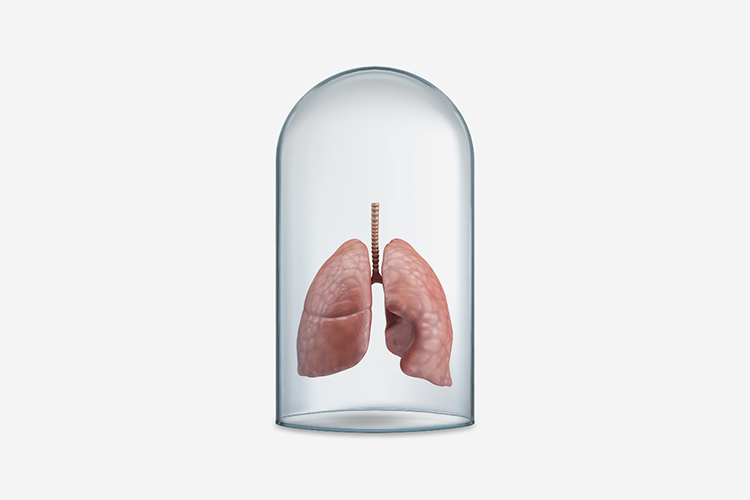Causative agents
Mycobacterium tuberculosis is a 4μm long, 0.3-0.6 μm wide, thin and sometimes slightly curved, non-encapsulated bacilli (bacillus) shaped bacteria. It is the main cause of the most cases of Tuberculosis.
Mycobacterium tuberculosis is a 4μm long, 0.3-0.6 μm wide, thin and sometimes slightly curved, non-encapsulated bacilli (bacillus) shaped bacteria. It is the main cause of the most cases of Tuberculosis.

Tuberculosis is the second most common infection worldwide causing the death of young and older people. One-third of the world population is infected with Tuberculosis. Each year 9 million people worldwide have been infected with Tuberculosis and nearly 2 million of this has resulted in death. In Türkiye between 10 million and 20 million people are infected with tuberculosis and carry infectious agent of Tuberculosis (Mycobacterium tuberculosis). The prevalence of Tuberculosis approximately 27 in one hundred thousand.
Even though it can affect all organs of the body, the main entry of the infection is respiratory system through lung. It is transmitted through air droplets which are generated when infected persons cough, sneeze, speak, etc.. Also being in close contact with a person that has active Tuberculosis disease with germs present in the sputum and consumption of unpasteurized infected cow’s milk that has Mycobacterium bovis are the other causes of the human Tuberculosis.

Diagnosis of Tuberculosis can definitely be made by examining (culturing) the infectious agent (Mycobacterium tuberculosis) from clinical specimens (blood, sputum, or etc.). Radiography (chest X-rays, abreugraphy, etc.), skin tests, direct microscopy and staining can also be applied for the diagnosis, but results of these methods are without high sensitivity, specificity and not sufficient for the precise diagnosis.
Advances in molecular techniques may overcome these obstacles. Real-Time PCR system is used to rapidly diagnose Tuberculosis with high sensitivity and high specificity when compared to the conventional methods.